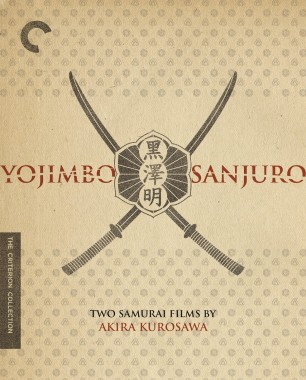Sanshiro Sugata, Part Two

Kurosawa’s first film was such a success that the studio leaned on the director to make a sequel. The result is a hugely entertaining adventure, reuniting most of the major players from the original and featuring a two-part narrative in which Sanshiro first fights a pair of Americans and then finds himself the target of a revenge mission undertaken by the brothers of the original film’s villain.
Available In

Cast
- Denjiro Ookouchi
- Shogoro Yano
- Susumu Fujita
- Sanshiro Sugata
- Ryunosuke Tsukigata
- Gennosuke Higaki/Tesshin Higaki
- Akitake Kono
- Genzaburo Higaki
- Yukiko Todoroki
- Sayo Murai
Credits
- Director
- Akira Kurosawa
- Producer
- Motohiko Ito
- Screenplay
- Akira Kurosawa
- Original novel by
- Tsuneo Tomita
- Cinematography
- Takeo Ito
- Music
- Seiichi Suzuki
- Production design
- Kazuo Kubo

















